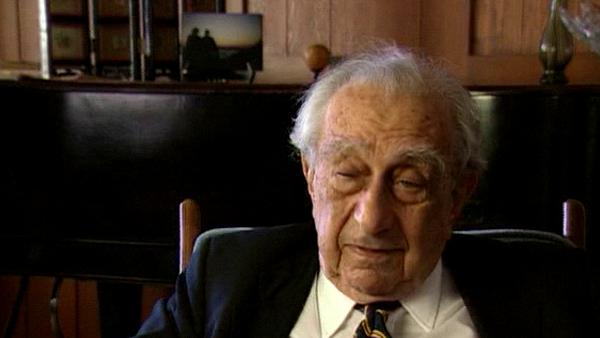Well, I can tell you, the beginning, I simply don't remember. I know something that was said about me, which I very vaguely remember, when my grandfather, of whom it is said that I resembled him a great deal, was telling my mother not to be too unhappy that her son is apparently becoming an idiot. I was three years old and I couldn't speak. Well, I have an excuse. My father spoke Hungarian, and spoke German very poorly. My mother, her maiden name was Deutsch, German, and her first language was German. And her Hungarian was terrible. So, you know, I had, for every concept, two mutually exclusive - usually mutually exclusive - designations. I decided that these grown ups don't know what they are talking about, and I lost all interest in speech. The one thing in which I did not lose interest, in which I gained interest, was numbers. They made sense. When as a five or six year old boy, I was put to bed, sleep, I did not feel like it, lights out, I played with numbers. Not terribly ingenious games. I knew how many seconds there are in a minute, how many minutes in an hour, how many hours in a day, how many days in a month, how many months in a year. I multiplied them. How many seconds in a year. I remember that very clearly. Incidentally, all this was secret. I never told anybody, at that time, about it. And game was very much more interesting because of circumstance, that every time I did it I got a different answer. But I somehow felt that this called for repetition, and that I enjoyed. This is my earliest memory, my playing with numbers, and it distinctly happened, before I was taught to read or write.





